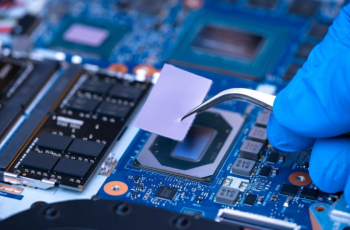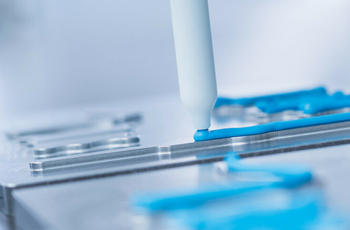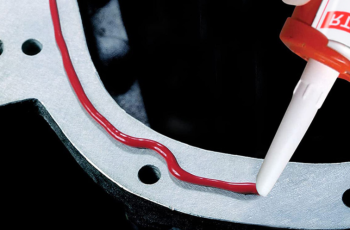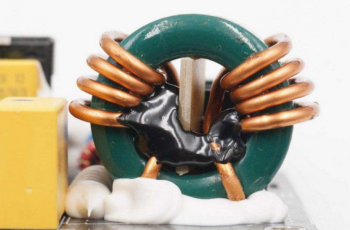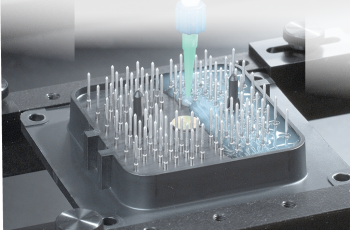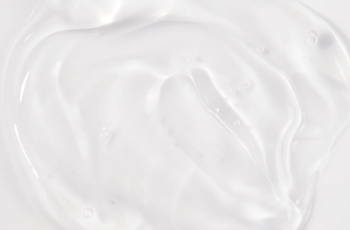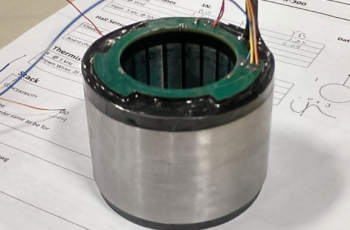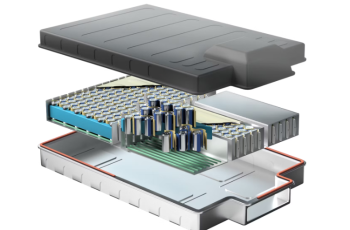Thermal conductive adhesive suitable for electronic and semiconductor applications
Efficient thermal management is crucial in electronic and semiconductor manufacturing, as overheating can affect performance and lifespan. Thermal conductive adhesive (TCA) can simultaneously bond components and dissipate heat, providing a disruptive solution without the need for additional mechanical fastening, making it an ideal choice for modern electronic applications.Related article: Frequently Asked Questions about Thermal Conductive Adhesive – Elaplus Electronic Adhesive What is Thermal Conductive Adhesive (TCA)?Thermal conductive adhesive (TCA) is a specialized adhesive that contains thermal conductive fillers (such as alumina, boron nitride, or silver particles) suspended in a polymer matrix in its formula. This type of adhesive has a dual function:Strong adhesion between electronic components.Efficient heat dissipation to prevent overheating.Unlike thermal grease or thermal paste, TCA forms a strong and stable adhesive after curing, and can remain durable for a long time, making it an ideal choice for high-performance electronic applications.The main advantages of thermal conductive adhesiveSimplified assembly process: Unlike thermal paste that requires additional mechanical fastening, TCA can simultaneously bond and dissipate heat, simplifying the assembly process and reducing manufacturing complexity.Enhance heat dissipation: TCA has high thermal conductivity (usually ≥ 1 W/m · K), which can effectively transfer heat from critical components to radiators or cooling systems.Reliable mechanical bonding: These adhesives provide strong adhesion to various substrates, including silicon chips, aluminum, copper, ceramics, and plastics, ensuring long-term stable connections.Improved electrical insulation: Many TCAs have electrical insulation that prevents short circuits while maintaining excellent thermal performance.Durability and environmental resistance: The design of thermal conductive adhesive can withstand:High operating temperature (suitable for power electronics).Mechanical vibration (applicable to automotive and aerospace applications).Humidity, chemicals, and environmental pressure.Save weight and space: By replacing bulky heat sinks, clips, and mechanical fasteners, TCA helps achieve lighter and more compact designs – which is particularly important for small electronic products.The application of thermal conductive adhesive in…
More